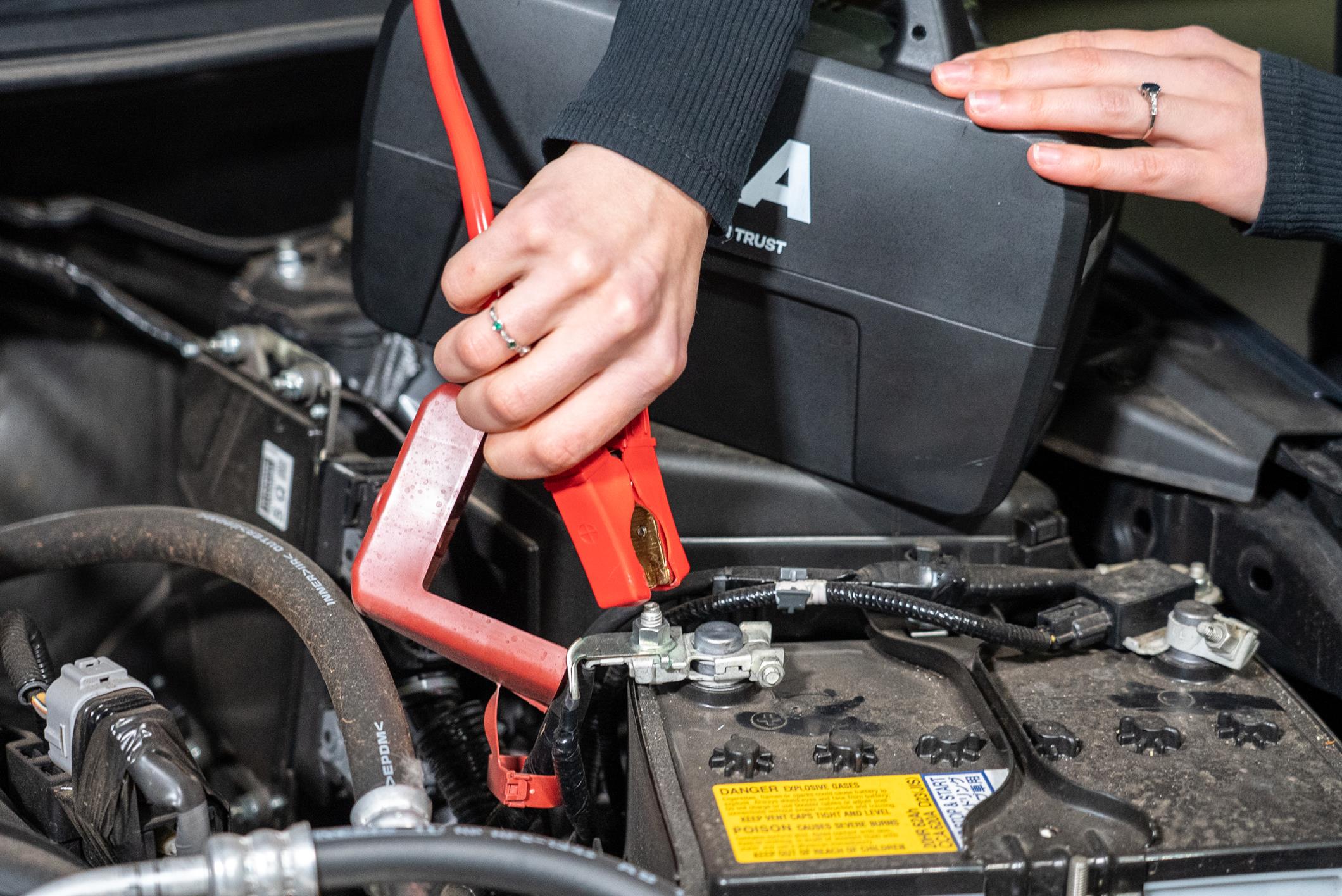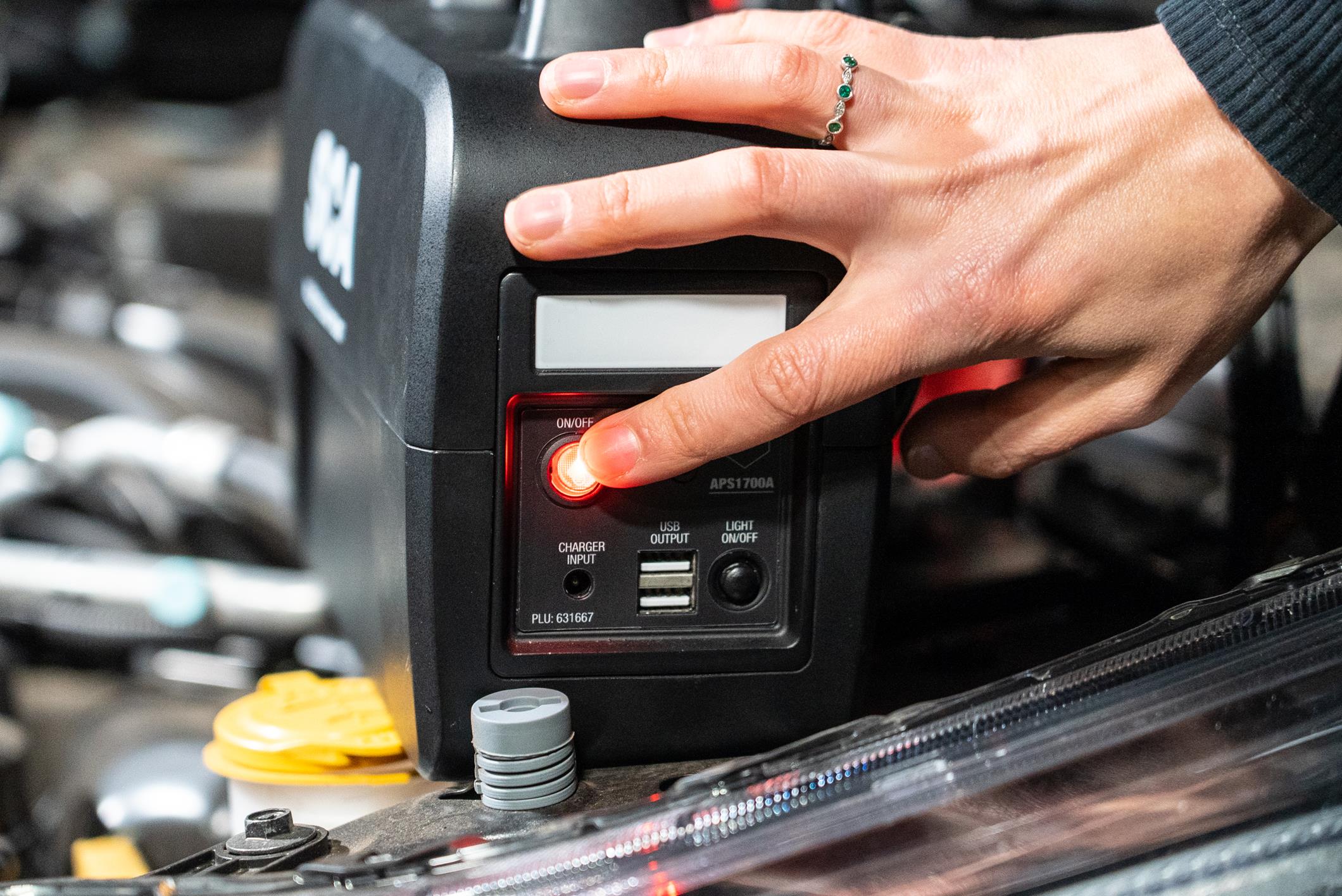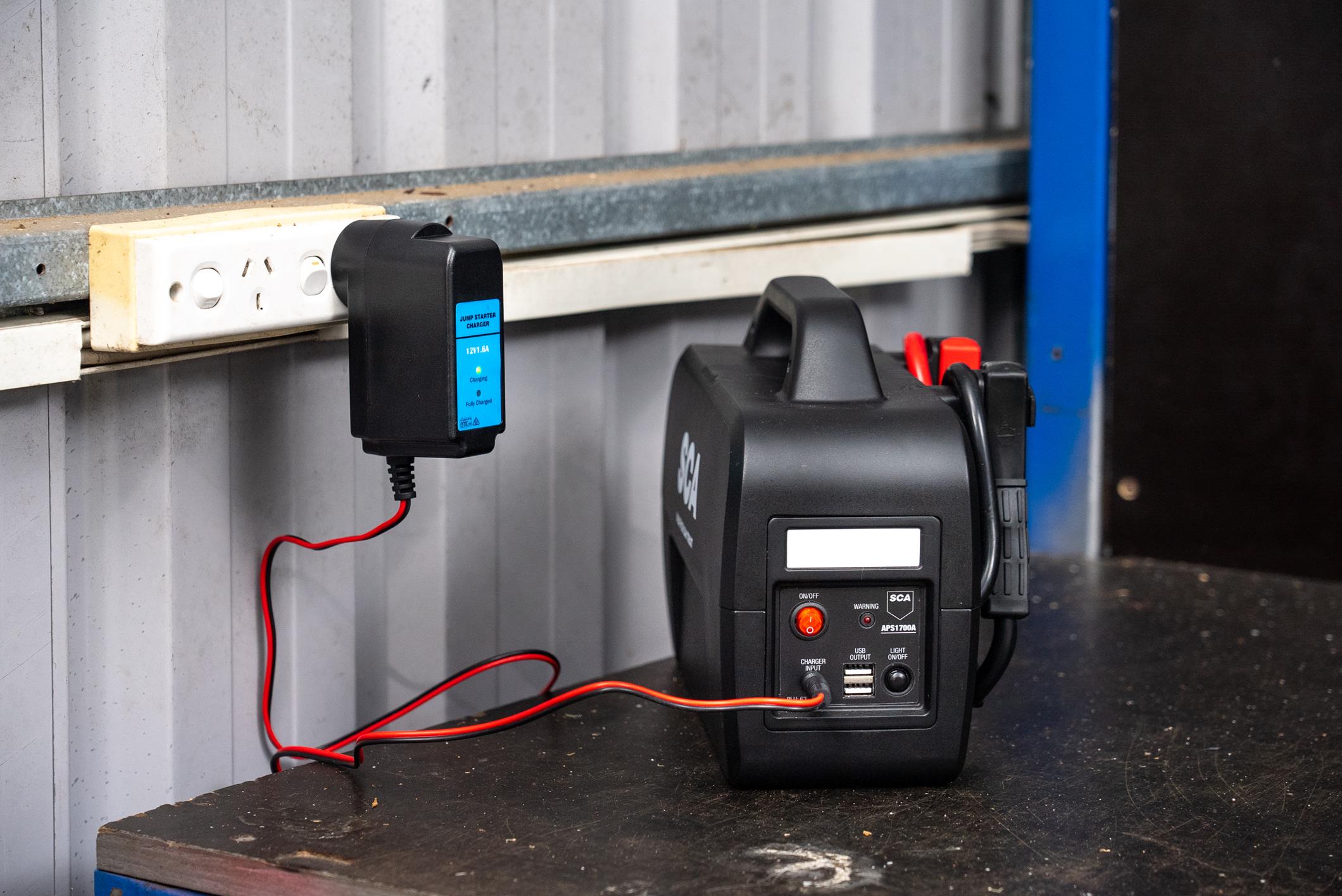How To Choose and Use a Jump Starter: Get Back on the Road Safely
Overview
Imagine being stuck with a flat battery, no one around to help, and mysterious rustling in the bushes. Don't worry, we've got you covered! In this guide, we'll show you how to choose the right jump starter and jump-start your car quickly and easily. Whether you're a car enthusiast, a DIY tinkerer, or a professional mechanic, Supercheap Auto is here to make your automotive journey SUPER.
Items
What you’ll need: A Reliable Portable Jump Starter
Gone are the days of bulky jump start packs. All you need now is a portable jump starter. Let’s look at two types you can choose from.
How To Choose A Jump Starter
Jump start packs used to be big and heavy, making jumper leads a more popular choice. Not anymore! There are two kinds of jump start packs available.
1: The compact jump starter
This type of jump starter uses sealed AGM batteries making them affordable, reliable, and compact enough that you’ll barely notice it in your boot.
2: The lithium jump starter
You’ll know the difference between a compact and a lithium jump starter as soon as you see them side by side. Lithium jump starters are lighter, smaller, and will start a larger engine than their size suggests. The trade off is price at 2-3 times more than a compact jump starter.
Which is the right jump starter for me?
Jump start packs are sized by their capacity. Make sure that the jump starter you choose is rated for the same number of cylinders and displacement in litres or cubic centimetres as your engine.
Gone are the days of bulky jump start packs. All you need now is a portable jump starter. Let’s look at two types you can choose from.
How To Choose A Jump Starter
Jump start packs used to be big and heavy, making jumper leads a more popular choice. Not anymore! There are two kinds of jump start packs available.
1: The compact jump starter
This type of jump starter uses sealed AGM batteries making them affordable, reliable, and compact enough that you’ll barely notice it in your boot.
2: The lithium jump starter
You’ll know the difference between a compact and a lithium jump starter as soon as you see them side by side. Lithium jump starters are lighter, smaller, and will start a larger engine than their size suggests. The trade off is price at 2-3 times more than a compact jump starter.
Which is the right jump starter for me?
Jump start packs are sized by their capacity. Make sure that the jump starter you choose is rated for the same number of cylinders and displacement in litres or cubic centimetres as your engine.
Steps
Step 1: Setting Up
It’s a good idea to get familiar with the jump start procedure in your owners manual, especially where to connect the leads.
Make sure your car is in park with the park brake on. Pop the key in your pocket too. Your flat battery could be located under the bonnet, or possibly in the boot. You’ll need to perform a quick inspection of the battery first. Make sure there is no swelling, leaking, or obvious damage. If you do find any, do not proceed with a jump start. Call roadside assistance instead.
Grab the red positive clamp on your jump starter, and clip it onto the positive terminal of your flat battery. This usually has a red cover with a plus symbol, and a plus symbol marked on the battery.
Now grab the black negative clamp and clip that onto the other battery terminal, or another non-moving metal part. Not the fuel lines.

Step 2: Starting Your Engine
Switch your jump starter on. If there is beeping or a warning symbol, check that the clamps are on the correct battery terminals, and not touching anything else.
If nothing beeps, it’s time for the jump start. Hop in the car and turn the key like normal. You should only crank the engine for 5 seconds at a time, and rest the jump start pack for 1 minute before trying again.
If you don’t rest your jump starter, the overload protection will kick in. In this case you’ll need to switch the jump start off and wait 5 to 10 minutes before trying again.

Step 3: Packing Up
Once the engine is running, be very careful under the bonnet. Switch the jump starter off before first removing the negative clamp, then the positive clamp.
Be sure to clamp them securely back onto the jump starter, and don’t forget to replace any battery terminal covers you may have removed.
Remember that your flat battery won’t be charged straight away, so be sure to take a good half-hour drive before switching the car off, or at least park it up at home and put the battery on charge.
Same goes for your jump starter. Pop that on charge so that it’s ready to go when you need it most.

Tips
Say goodbye to short leads, dangerous sparks, and the risk of damaging your electronics. Make jump starting safe, convenient and SUPER with a jump starter pack.
*Important information* - Click here to read more about our How-To terms and conditions.